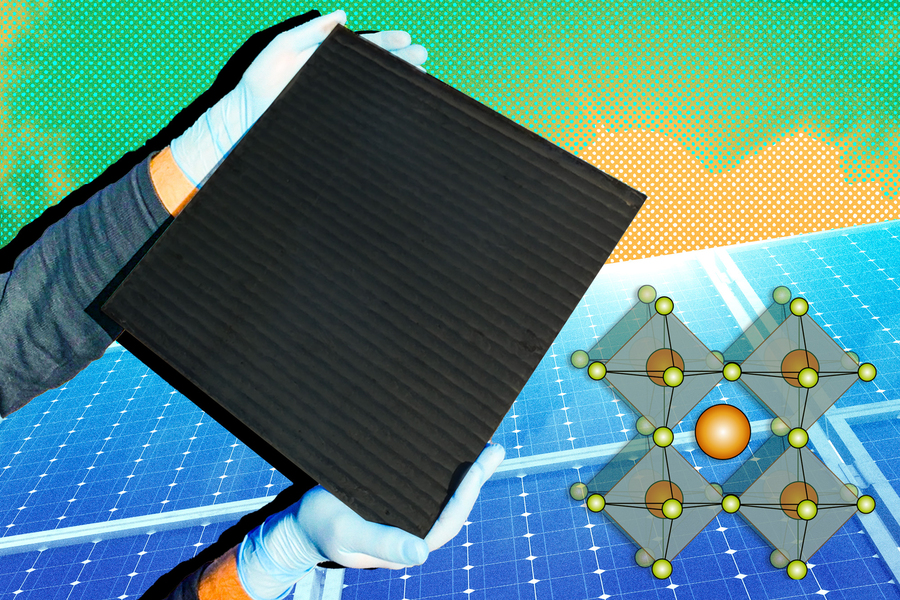Perovskites are studied across the globe as a potential alternative to silicon-based solar PV. There is a wide array of materials that are considered perovskites, and they are identified by their specific atomic crystal lattice structure. The cells produced by perovskites are thinner, lighter versions of their silicon counterparts, and can be produced rapidly at room temperature, rather than at the energy-intensive high temperatures needed to produce crystalline silicon cells.
However, taking this technology from the lab to the field requires further improvements. MIT and Stanford researchers are actively working on these improvements, and they’re using the help of artificial intelligence to get there.
Already, the researchers’ efforts have led to the production of a perovskite cell capable of converting energy with 18.5% efficiency, which could compete with conventional technologies. However, scaling this technology is held back by the manufacturing process, which, for most perovskites made today, requires a spin-coating technique. This technique is not viable on a large scale, said the researchers.
The MIT and Stanford team conceived of a new method that involves creating a rolled sheet that would be sprayed or ink-jetted with perovskite materials, allowing for a rapid throughput.
“The real breakthrough with this platform is that it would allow us to scale in a way that no other material has allowed us to do. Even materials like silicon require a much longer timeframe because of the processing that’s done. Whereas you can think of this like spray painting,” said Nicholas Rolston, a Stanford doctoral graduate.
There are many variables to this new process, so many that it would be impossible to test them all without the aid of machine learning, said the researchers. By entering inputs like temperature, humidity, processing path speed, spray nozzle distance, curing methods, and more, the computer model can provide insights much faster than manual testing could ever achieve.
The experimenters can program the model to drive towards a certain goal, like power output of manufacturing throughput. Backed by the Department of Energy, the research is now being spread among active perovskites developers. The code is available for free and open source on GitHub.
“The primary goal was to accelerate the process, so it required less time, less experiments, and less human hours to develop something that is usable right away, for free, for industry,” said Zhe Liu, research assistant, MIT.
This content is protected by copyright and may not be reused. If you want to cooperate with us and would like to reuse some of our content, please contact: editors@pv-magazine.com.









By submitting this form you agree to pv magazine using your data for the purposes of publishing your comment.
Your personal data will only be disclosed or otherwise transmitted to third parties for the purposes of spam filtering or if this is necessary for technical maintenance of the website. Any other transfer to third parties will not take place unless this is justified on the basis of applicable data protection regulations or if pv magazine is legally obliged to do so.
You may revoke this consent at any time with effect for the future, in which case your personal data will be deleted immediately. Otherwise, your data will be deleted if pv magazine has processed your request or the purpose of data storage is fulfilled.
Further information on data privacy can be found in our Data Protection Policy.